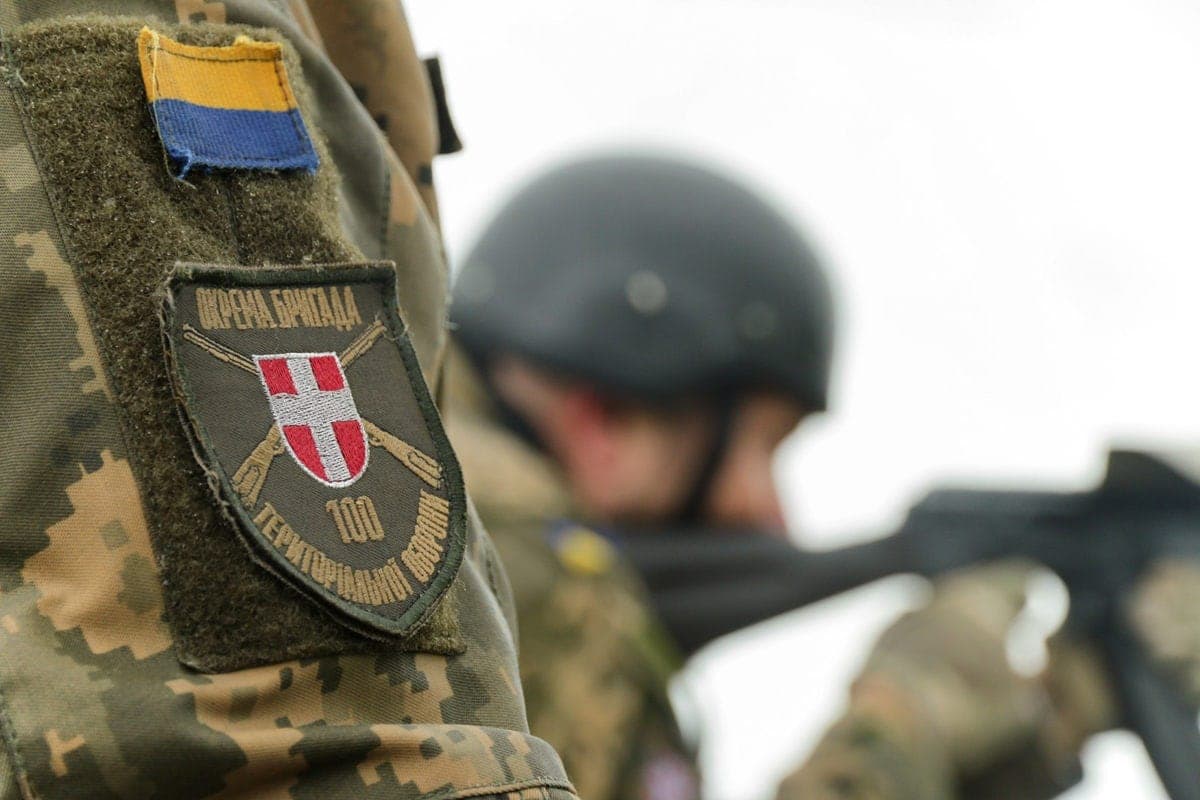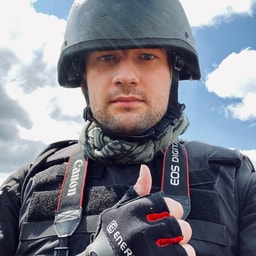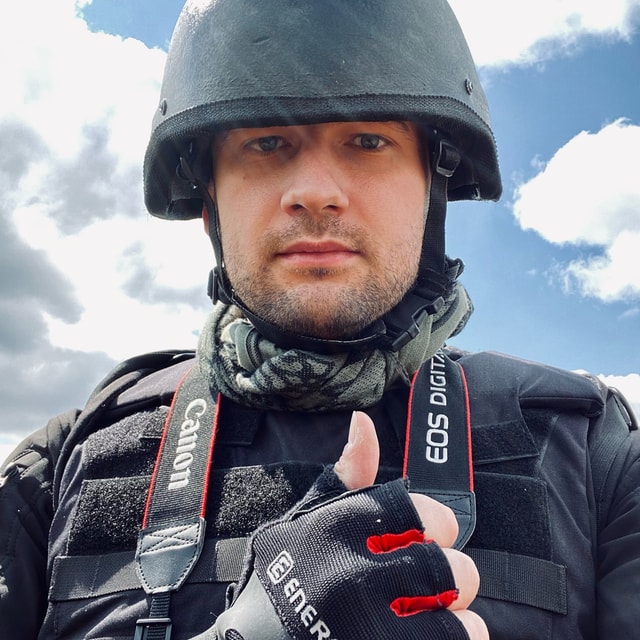Kyiv to create territorial defense headquarters ahead of Russia's potential invasion

Kyiv authorities are establishing a territorial defense headquarters to ensure the capital city's security in the event of an all-out military invasion by Russia.
The city's territorial defense grid is going to be unfolded soon, according to a statement published on Dec. 27.
"Russia's allegations and threats, the concentration of the aggressor state's military power at our borders incline us to get ready for various scenarios," Kyiv Major Vitaliy Klitschko said.
"That includes the worst-case scenario. We need to have a clear emergency plan and processed coordination of activities among all services and their branches."
Security across the country in many ways depends on the capital city's safety, the official added. Kyiv is home to over 500 critical infrastructure facilities that need to be safeguarded in case of an emergency, according to the city administration.
Territorial defense units may help with spreading information among the population, train civilians for resistance, participate in the defense of the population, the state border and critical infrastructure facilities, among other things.
Ukraine aims to create a brand new territorial defense system as a standalone branch within Ukraine's Armed Forces. The territorial defense units are to be established all across the country, mainly in large urban communities, with contracted personnel keeping their civilian jobs and getting summoned for regular drills in their home regions.
The new homeland defense branch is expected to provide the military with a large reserve of manpower for auxiliary activities in the rear. In case of enemy invasion and occupation, territorial defense units are also expected to offer armed resistance, along with the regular military.
According to a bill signed into law by President Volodymyr Zelensky in early August, the Territorial Defense Forces branch is expected to enlist a total of nearly 11,000 reserve troops.
Kyiv also continues establishing its own weekend warriors formation, the 122nd Territorial Defense Brigade, which, according to the city administration, welcomes new recruits. In January, the formation is expected to carry out staff exercises.
The acute border crisis between Ukraine and Russia has been going on since November when Ukrainian and Western intelligence warned of the drastic resurgence of Russian military power in regions bordering Ukraine and in the Russian-occupied areas.
The buildup, along with the Kremlin's fiery rhetoric towards Ukraine and the West raised concerns about a possible large invasion, seriously escalating the eight-year static war in the Donbas that has claimed over 13,000 lives.
Despite the intense diplomatic effort by Western leaders, Russia has shown no signs of de-escalation. According to NATO's Secretary General Jens Stoltenberg, the Russian buildup continued as of late December.
Ukraine's intelligence estimated that Russia now has nearly 122,000 troops deployed in regions within 200 kilometers from the Ukrainian state border.
Amid the tense situation, Moscow has repeatedly issued aggressive demands for NATO to accept a legal guarantee not to let Ukraine join the Alliance and cease its military presence in Eastern Europe.
Following an invitation from Stoltenberg, the Kremlin announced a NATO-Russia Council meeting over Ukraine due on Jan. 12. A day before that, Russia is also expected to have talks with the U.S.










